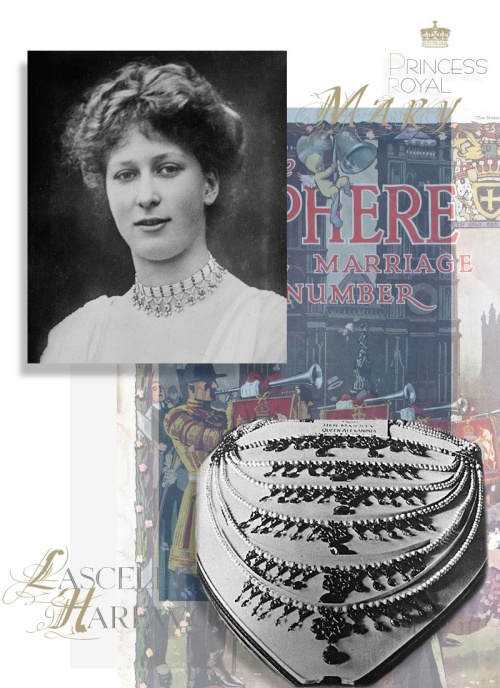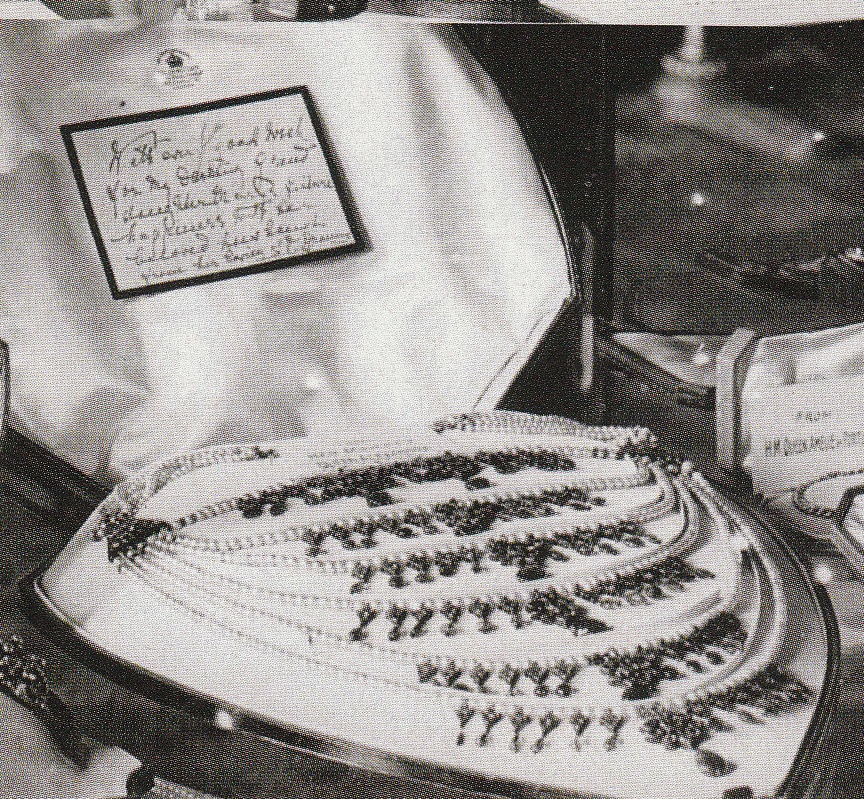
Queen Mary’s Acorn Oak Leaf Brooch |Lady Lindsay Present Royal Wedding Gifts| Royal Jewels Queen Mary England
Queen Elizabeth’s Emerald and Sapphire Diamond brooch | Queen Art deco Brooch1920

This brooch is not from the late 19th century, it is later and not a wedding gift to Queen Mary in the year 1893. This work is art deco and the cut sapphire and emerald are setted in fine and thin platinum.
Princess Elisabeth of Hesse Faberge Eggs | Faberge Ester eggs| Royal Imperial Gifts
Princess Elisabeth of Hesse and by Rhine daughter of Ernst-Ludwig, last Grand Duke of Hesse and by Rhine, and Princess Victoria Melita of Saxe-Coburg-Gotha


What’s happened about this treasure…..
The 32 Faberge Easter Eggs in Detail from the Collection of Princess Elisabeth of Hesse
Princess Margaret’s Cartier Ruby diamond flower head Brooches| Royal Jewel History
Queen Elizabeth’s CARTIER Sapphire and Diamond Flower Brooches |Queen’s Brooches|Royal Jewels Great Britain and Ireland
Queen Elisabeth II Turquoise and Diamond Shamrock Brooch | Wedding Gift from the Dowager Duchess of Portland | Queen’s Brooches
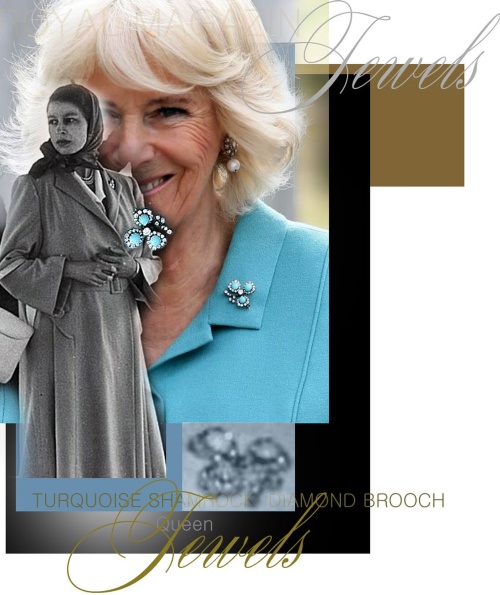
Queen Elisabeth II Turquoise and Diamond Brooch | Wedding Gift of the Dowager Duchess of Portland | Queen’s Brooches
Wedding of Duke Adolf Friedrich of Mecklenburg-Schwerin | Princess Feodora von Reuß-Schleiz 1917
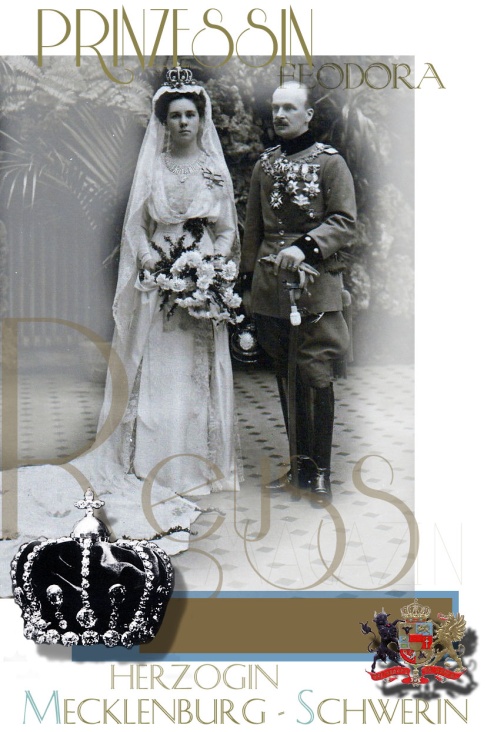
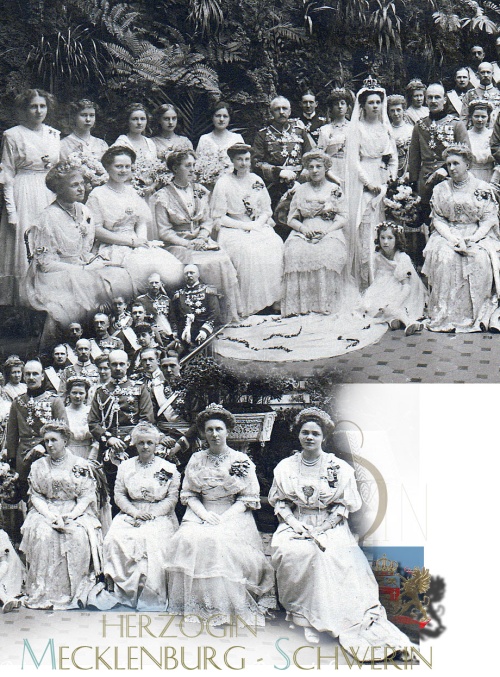
Feodora Duchess of Mecklenburg-Schwerin| Princess Victoria Feodora of Reuss-Schleiz|Bridal Crown Wedding in 1917|Royal Imperial Jewelry
Viktoria Feodora Herzogin zu Mecklenburg-Schwerin| Prinzessin Viktoria Feodora zu Reuss-Schleiz|Mecklenburg-Schwerin Diamant-Brautkrone 1917|Royal Imperial Jewelry
Large Diamond Stomacher with Diamond Fringes Devante de Corsage| Duchess of Connaught Princess of Prussia |Princess Arthur Royal Jewel History
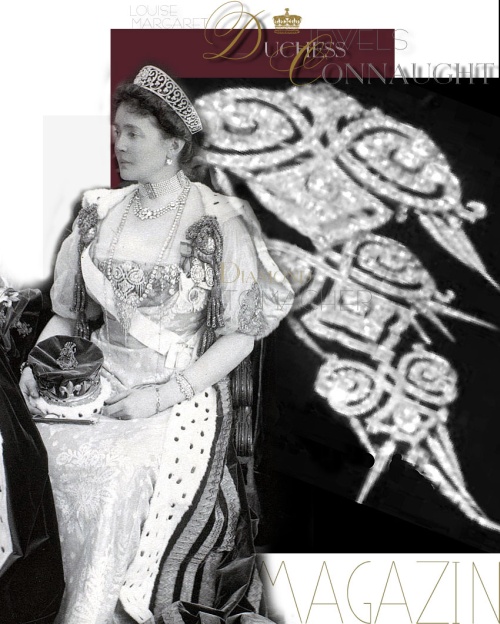
The Duchess of Connaught, the photograph was taken at the Coronation of King George V 1911, 1865-1936.
Large Diamond Stomacher with Diamond Fringes Devante de Corsage| Duchess of Connaught Princess of Prussia |Princess Arthur Royal Jewel History
Queen Alexandra’s wedding gift to Princess Royal Mary | Countess Harewood Lascelles
